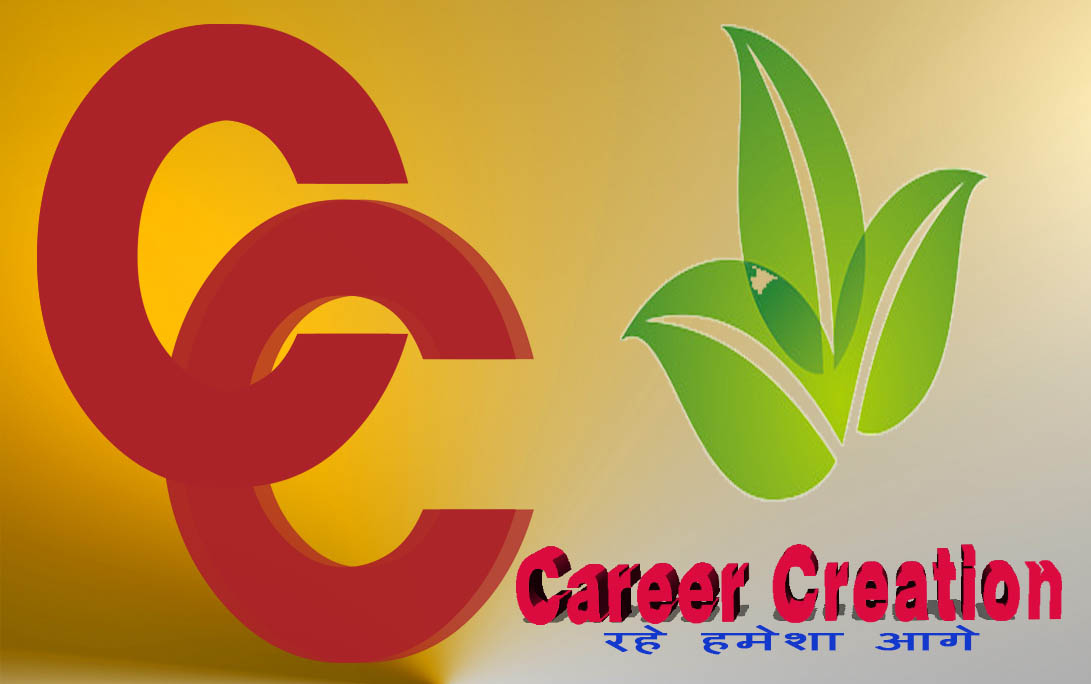Libre Office Writer Question and Answer For CCC Examination
Here are some LibreOffice Writer multiple-choice questions with four options in Hinglish for the CCC examination:
1. LibreOffice Writer क्या है?
a) एक वर्ड प्रोसेसर ऐप्लिकेशन
b) एक स्प्रेडशीट ऐप्लिकेशन
c) एक प्रेजेंटेशन ऐप्लिकेशन
d) एक इंटरनेट ब्राउज़र
2. Writer में आप किस फाइल फॉर्मेट में सहेज सकते हैं?
a) .docx
b) .xlsx
c) .pptx
d) .txt
3. Writer में कौनसा टूल उपयोग किया जाता है ताकि आप टेक्स्ट के आकार को समायोजित कर सकें?
a) फॉर्मेट टूल
b) फॉन्ट टूल
c) पेज लेआउट टूल
d) स्पेलिंग और व्याकरण टूल
4. आप कौनसे मेनू का उपयोग करके वर्ड प्रोसेसिंग की भाषा सेट कर सकते हैं?
a) फाइल मेनू
b) व्यू मेनू
c) इंसर्ट मेनू
d) टूल्स मेनू
5. Writer में टेक्स्ट को कैसे बोल्ड किया जा सकता है?
a) Ctrl + B
b) Ctrl + U
c) Ctrl + I
d) Ctrl + S
6. Writer में पेज के बाएं और दाएं तट पर क्लिक करके कौनसा विषय बदला जा सकता है?
a) मार्जिन
b) इंडेंट
c) रूलर
d) फार्मेट टूल
7. वर्ड प्रोसेसिंग में स्पेलिंग और व्याकरण टिप्पणियों को कैसे सक्षम किया जाता
है?
a) व्यू मेनू से
b) टूल्स मेनू से
c) इंसर्ट मेनू से
d) एडिट मेनू से
8. Writer में टेक्स्ट की कॉपी कैसे की जाती है?
a) Ctrl + C
b) Ctrl + X
c) Ctrl + V
d) Ctrl + Z
9. Writer में आप किस चरण को प्रिंट कर सकते हैं?
a) फाइल के चरण
b) व्यू के चरण
c) इंसर्ट के चरण
d) पेज लेआउट के चरण
10. Writer में किस टूल का उपयोग करके आप अपने दस्तावेज़ के शीर्षक या अंतिम पाठ में प्रवेश कर सकते हैं?
a) गो टू टूल
b) फाइंड और रिप्लेस टूल
c) हाइपरलिंक टूल
d) आउटलाइन टूल
उम्मीद है कि यह प्रश्नोत्तरी आपके CCC परीक्षा की तैयारी में मददगार साबित होगी। ध्यान दें कि यहां प्रदान की गई जानकारी केवल सामान्य मार्गदर्शन के लिए है और नवीनतम संस्करण के साथ स्वचालित रूप से अपडेट नहीं होगी।















